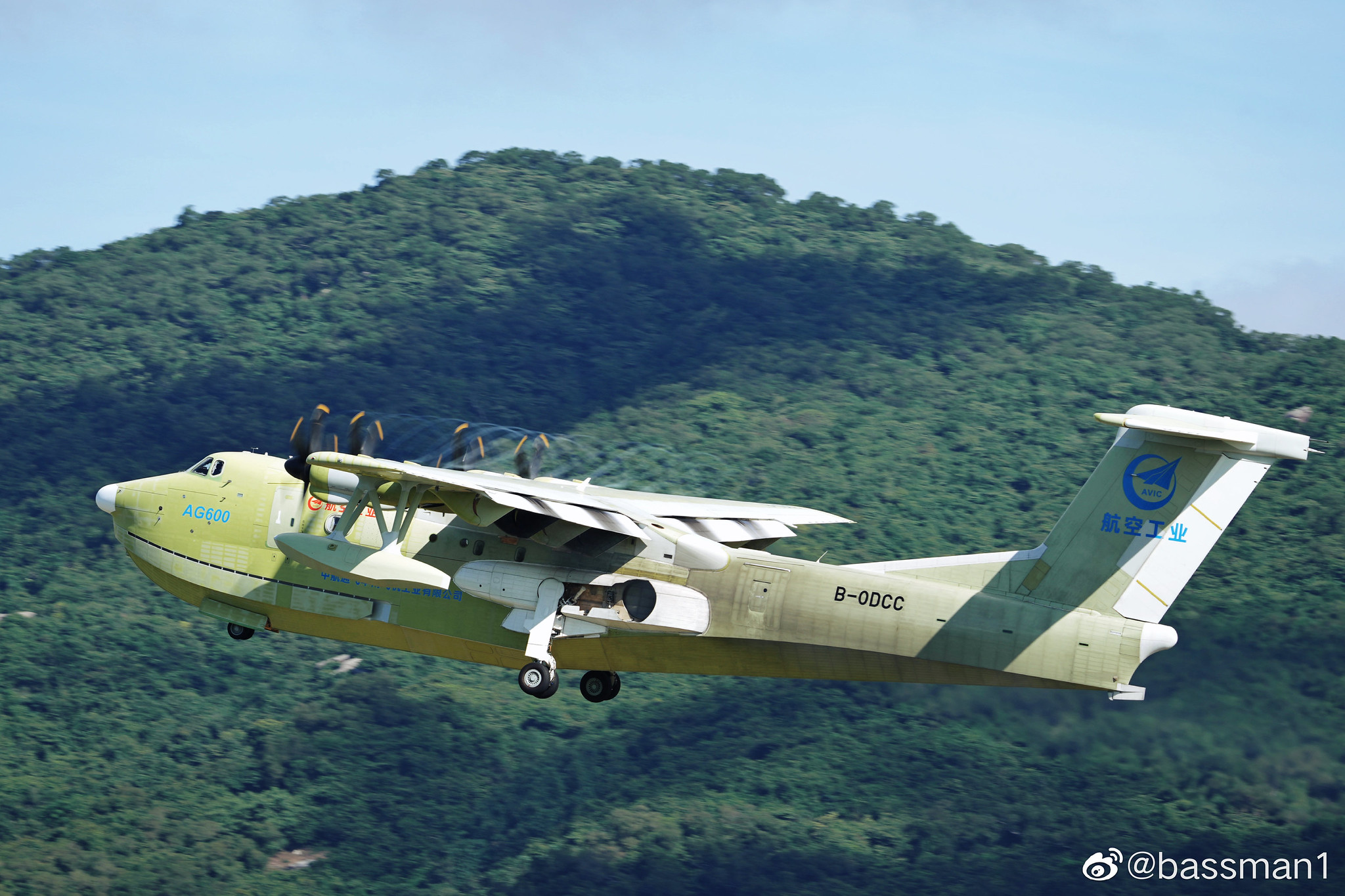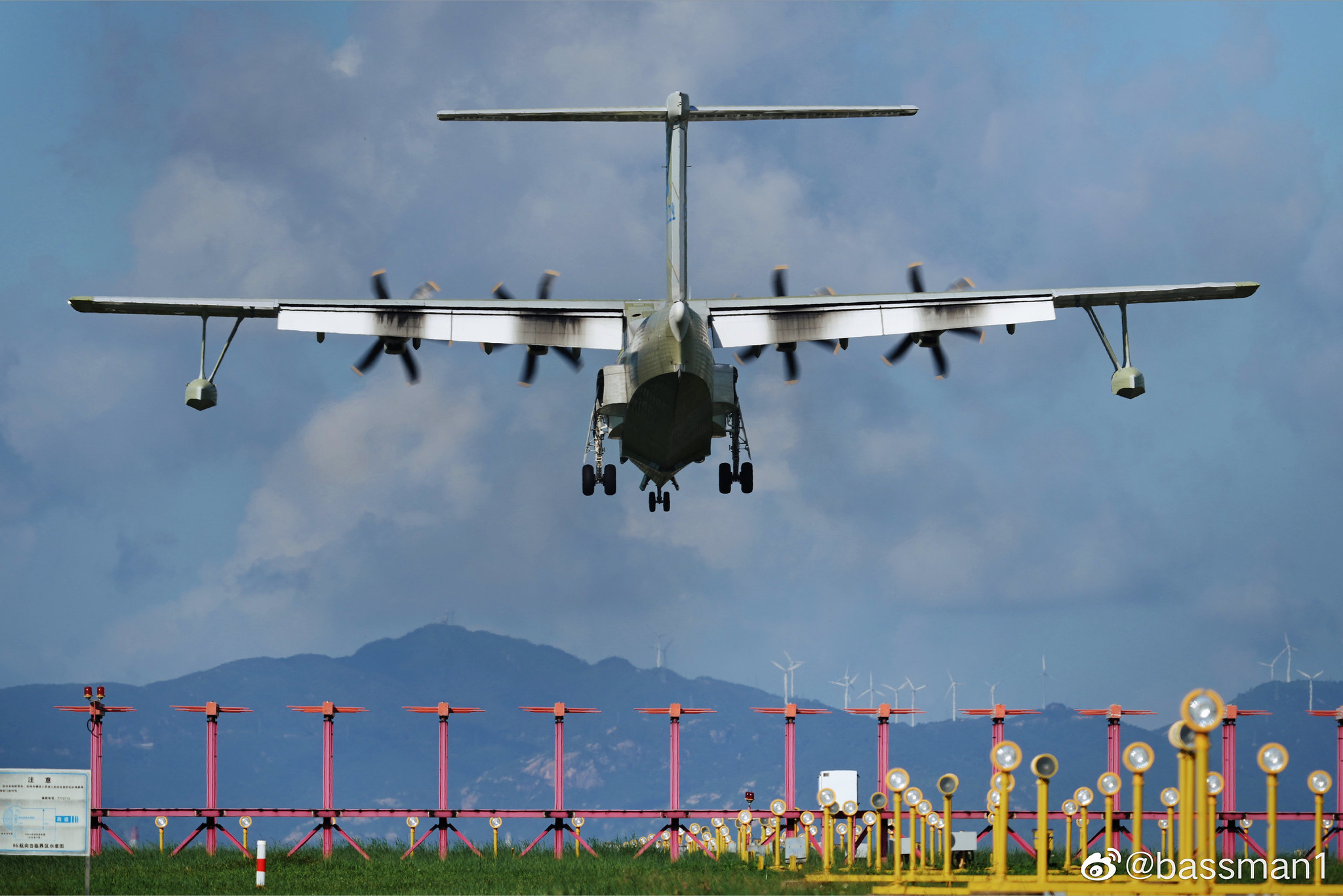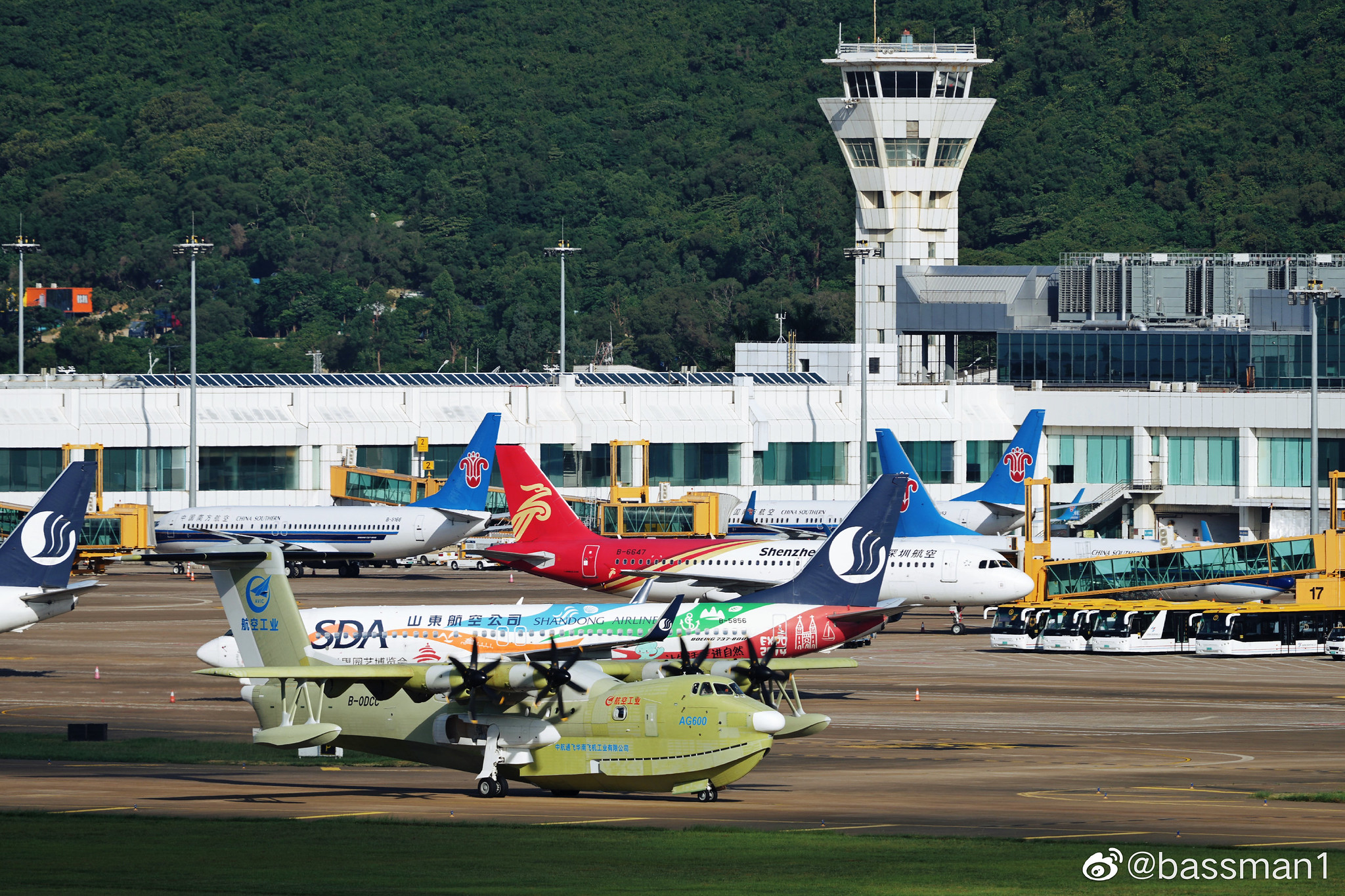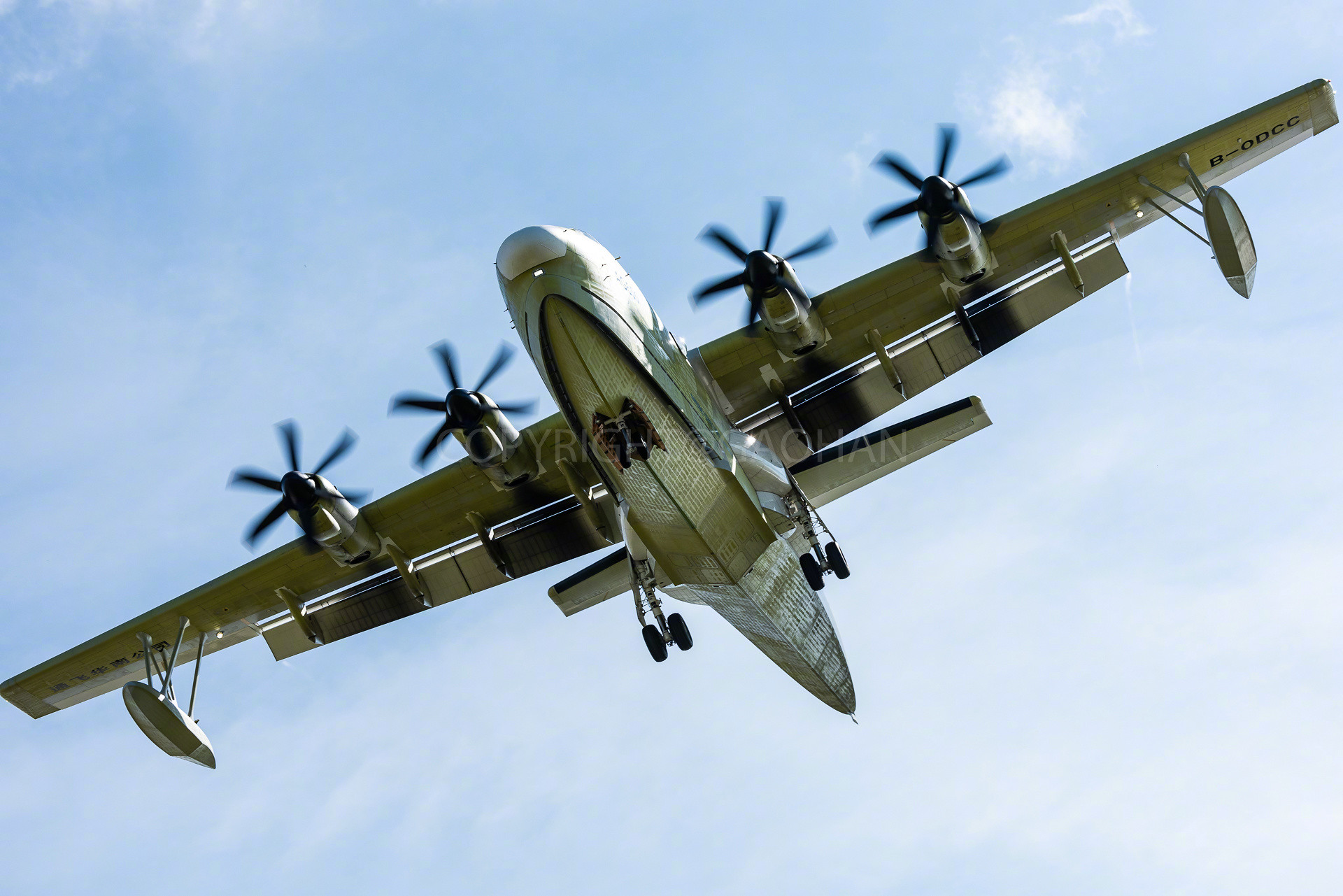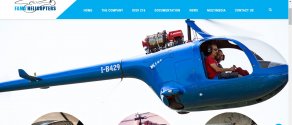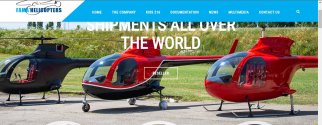You are using an out of date browser. It may not display this or other websites correctly.
You should upgrade or use an alternative browser.
You should upgrade or use an alternative browser.
Chinese Aviation Industry
- Thread starter FriedRiceNSpice
- Start date
Comac sanction was all about technology competition. It was just an excuse from us government to try to stop competition. Boeing is not going to stop selling aircraft to china.Like I said, COMAC has already been sanctioned, it was called a PLA related organization and US citizens and companies can't invest on it.
Once you are in the sanctions escalator the only way is up.
by78
General
Xiamen University is working on a hypersonic civilian airliner. Chinese text is below, followed by a Google translation.
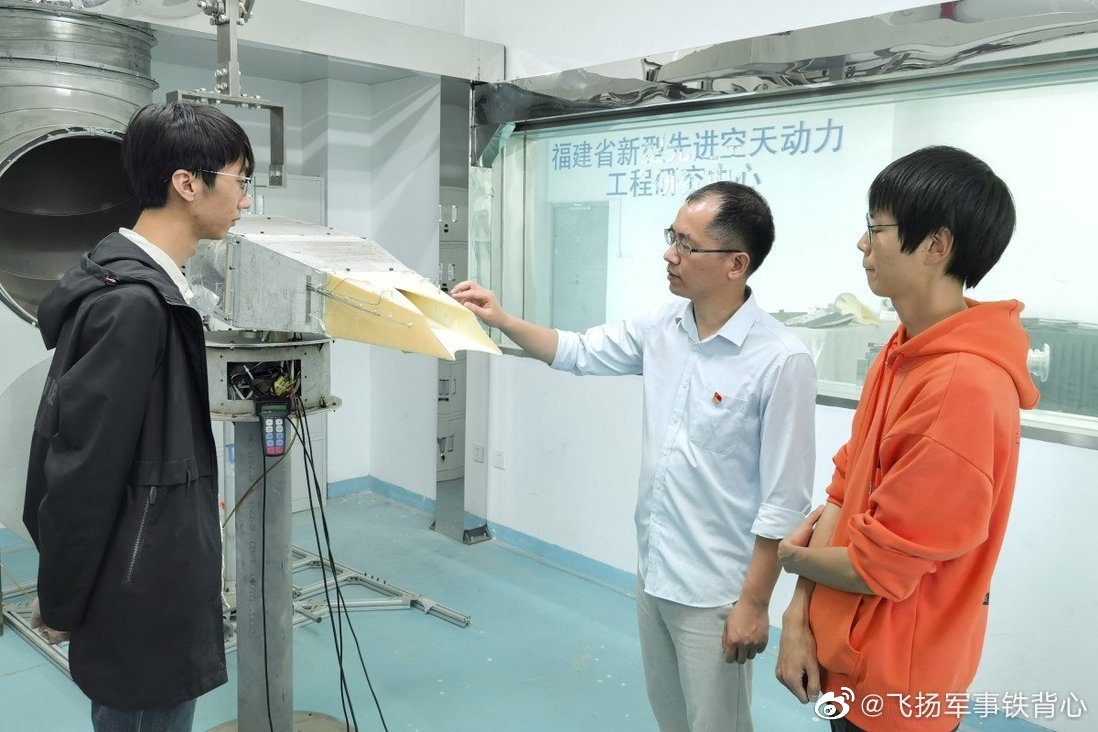

中国完成了民用高超音速小型飞机的初步试验,为研制6倍音速的全尺寸高超音速飞机铺平了道路。
“南强一号”的第一阶段测试现已完成,该模型可能会作为高超音速客机的技术演示器,并已在福建省的一个实验室进行了测试。
据报道,这架无人驾驶飞机仅重500公斤。从事该项目的科学家希望在2025年之前完成测试程序并继续建造可飞行的原型。
该机最多可容纳10名乘客,并且能够以高达6马赫的速度巡航。报告解释说预计到2035年将开始生产这架未命名的中国高超音速客机。
项目首席科学家尹泽勇在中国航空航天学会主办的同行评审期刊《航空与航天学报》上发表的论文中表示,“这项技术的突破将大大缩短环球飞行时间, ”报告补充说“它可以改变人类文明”。尹的团队称高超音速飞行技术可以将全球旅行时间减少到两小时以下。
几乎所有中国的高超音速飞机计划仍处于保密状态。尹和他的同事在厦门大学的研究为了解这一敏感领域的技术路径和进步提供了难得的窗口。
“南强一号”采用先进的联合循环发动机,称为 MUTTER(多管双涡喷-冲压/超燃冲压发动机)。这种独特的动力系统由两个吸气式冲压发动机或超燃冲压发动机、一个小型火箭和两个涡轮喷气发动机组成。据研究人员称,两台涡轮喷气发动机在低于2马赫时提供强大的推力,小型火箭发动机将飞机推进到4马赫,然后飞机将启动其主冲压发动机和副冲压发动机,将其加速到6马赫的巡航速度。
尹的团队在2019年开始的初始试飞期间将飞机保持在音速以下。到该小组完成论文撰写时,工作已进入第二阶段,即把速度提高到4马赫。 预计一架重达72吨的全尺寸客机的建造会在2025年开始。
附一个国内新闻:2019年美国《航空周刊》报道,北京动力机械研究所(中国航天科工三院31所)将在今年晚些时候进行一台高超音速联合循环发动机的测试,他们希望通过此次测试,为2025年实现整个推进系统的首飞铺平道路。
China has completed preliminary tests of a civilian hypersonic small aircraft, paving the way for the development of a full-scale hypersonic aircraft six times the speed of sound.
The first phase of testing of Nanqiang-1, which may serve as a technology demonstrator for a hypersonic airliner, has been completed and has been tested at a laboratory in Fujian province.
According to reports, the drone weighs only 500 kilograms. Scientists working on the project hope to complete the testing program and continue building a flightable prototype by 2025.
The aircraft can seat up to 10 passengers and is capable of cruising at speeds of up to Mach 6. The report explains that production of the unnamed Chinese hypersonic airliner is expected to begin by 2035.
"The breakthrough in this technology will greatly shorten the round-the-world flight time," Yin Zeyong, the project's chief scientist, said in a paper published in the Journal of Aeronautics and Astronautics, a peer-reviewed journal hosted by the Chinese Society of Aeronautics and Astronautics, adding that "it could change human civilization." ". Yin's team claims hypersonic flight technology could reduce global travel time to less than two hours.
Nearly all of China's hypersonic aircraft plans remain classified. Yin and his colleagues' research at Xiamen University provides a rare window into the technological pathways and advancements in this sensitive field.
"Nanqiang No. 1" uses an advanced combined cycle engine, called MUTTER (Multi-Tube Twin Turbojet-Scramjet/Scramjet). This unique powertrain consists of two air-breathing ramjets or scramjets, a small rocket and two turbojets. According to the researchers, two turbojets provide powerful thrust below Mach 2, and a small rocket motor propels the plane to Mach 4, after which the plane will fire up its main and secondary ramjets to accelerate it to Mach 6 cruising speed.
Yin's team kept the plane below the speed of sound during initial test flights that began in 2019. By the time the group finished writing the paper, the work had entered its second phase, bringing the speed up to Mach 4. Construction of a full-size airliner weighing 72 tons is expected to begin in 2025.
Attached a domestic news: In 2019, the US "Aviation Weekly" reported that the Beijing Institute of Power Machinery (the 31st Institute of the Third Academy of Aerospace Science and Industry of China) will conduct a test of a hypersonic combined cycle engine later this year, and they hope to pass this test. This test paves the way for the first flight of the entire propulsion system in 2025.


pretty good deal, combining light helicopters with the scale china offers

